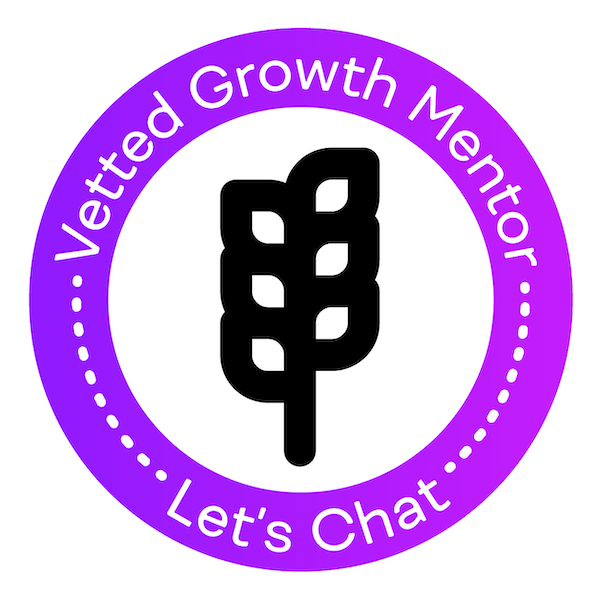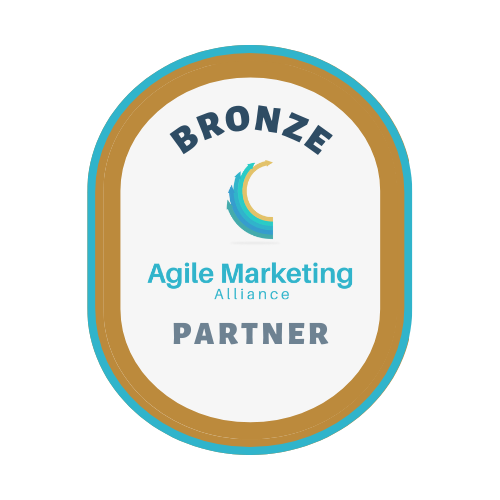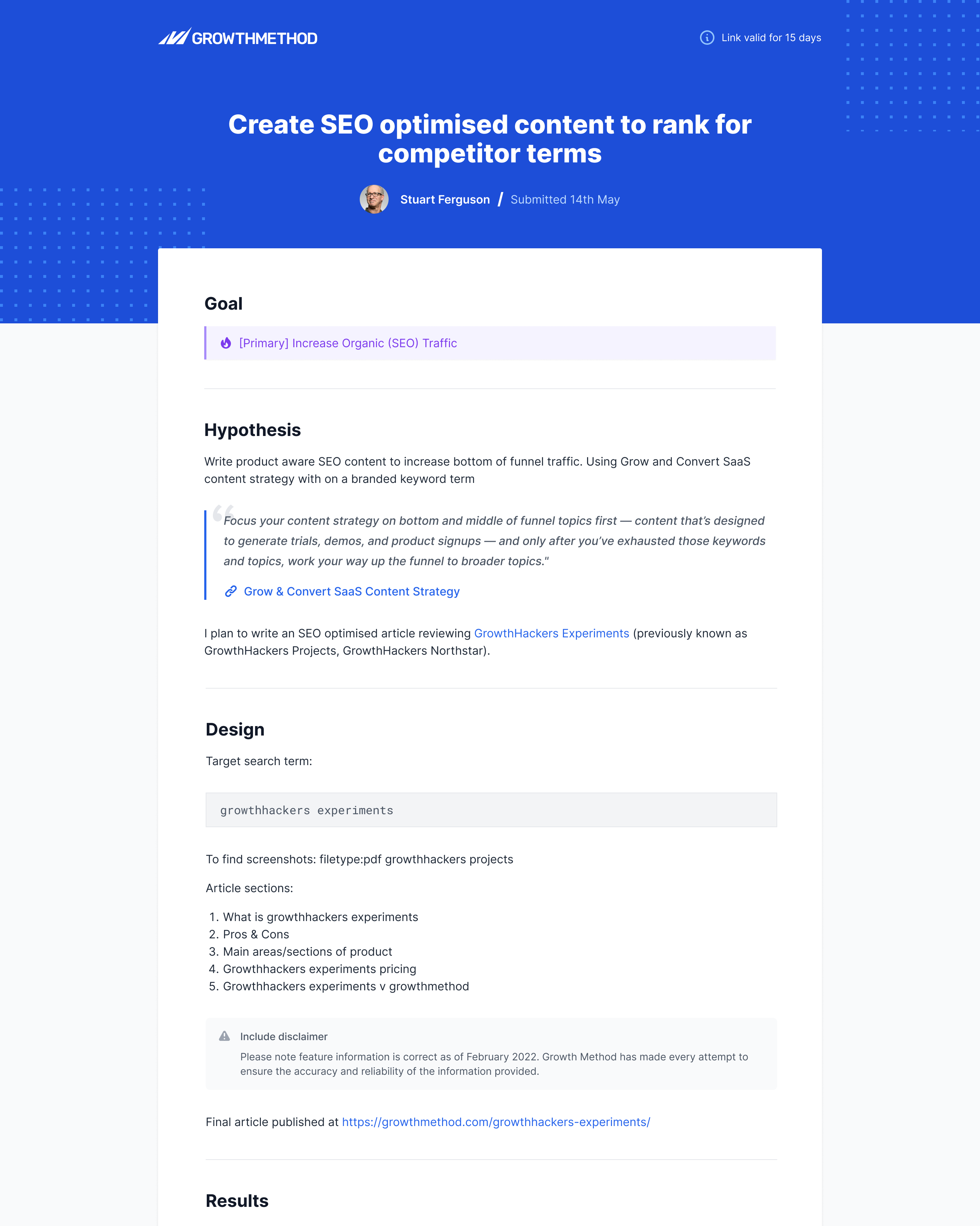Home / Case Studies /
Transforming marketing operations and Colt’s journey to agile
Article originally published in July 2022 by Stuart Brameld. Most recent update in April 2024.
Request a demo
Project management for growth and agile marketing professionals. Map your acquisition funnel, integrate analytics and run agile experiments.
Experiment results
Recent experiments results include competitor SEO, AI-driven content, exit-intent modals and AB testing homepage headlines.
Case study
"We are on-track to deliver a 43% increase in inbound leads this year. There is no doubt the adoption of Growth Method is the primary driver behind these results."
![]()
Certified
We are vetted mentors with Growth Mentor and a partner with the Agile Marketing Alliance.
Colt Technology Services (Colt) is a global digital infrastructure company providing business network and voice services. The company has around 6000 employees, 25,000 customers and a vast fibre network that connects 222 cities and 32 countries with more than 1000 data centres, 51 Metropolitan Area Networks and over 31,000 buildings.

For the last 13 years Laura Perrott has worked in sales and marketing at Colt. Her career started in her home country of New Zealand but she now lives in South London where she can easily travel to Colt House, an office located in the heart of trendy Shoreditch (and home to the UK’s largest wall mural – all about connection).

Since the founding of Colt in 1992 (then City of London Telecom) the company has focused on providing high-capacity, high-quality connection to businesses. In 1992 Colt’s first ever client was an investment bank and today they provide connectivity to some of the world’s largest companies, including airlines, financial institutions, e-commerce retailers and digital technology providers.
A traditional project management approach
Operating a company like Colt, where small outages can impact millions of people, requires robust processes and a low tolerance for failure.
In telecoms companies, network engineering projects are well understood, well-tested, repeatable and predictable. These projects are commonly broken down into discrete tasks, assigned to specialists and executed in a linear fashion in what is a commonly known as the “waterfall method”.
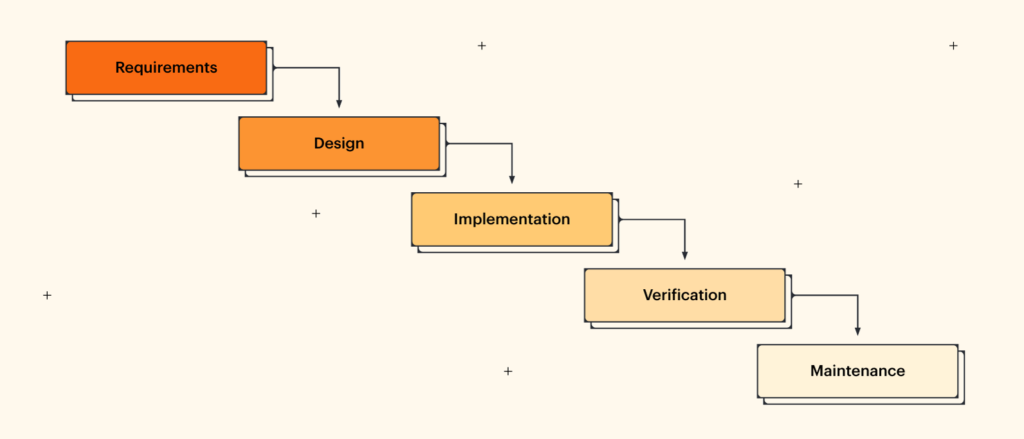
A fresh perspective on marketing operations
In early 2018, Laura was promoted to Global Director of Brand & Digital, with responsibility for worldwide digital marketing projects across the business.
A year into the role, and with a newly elevated perspective of marketing operations, it became apparent that digital marketing projects were being run in the same way as large network engineering projects, and Laura suspected this was having a detrimental impact on marketing effectiveness.
Work was planned out 12 months ahead of time, which allowed little flexibility to respond to change in a fast-moving market and global environment.
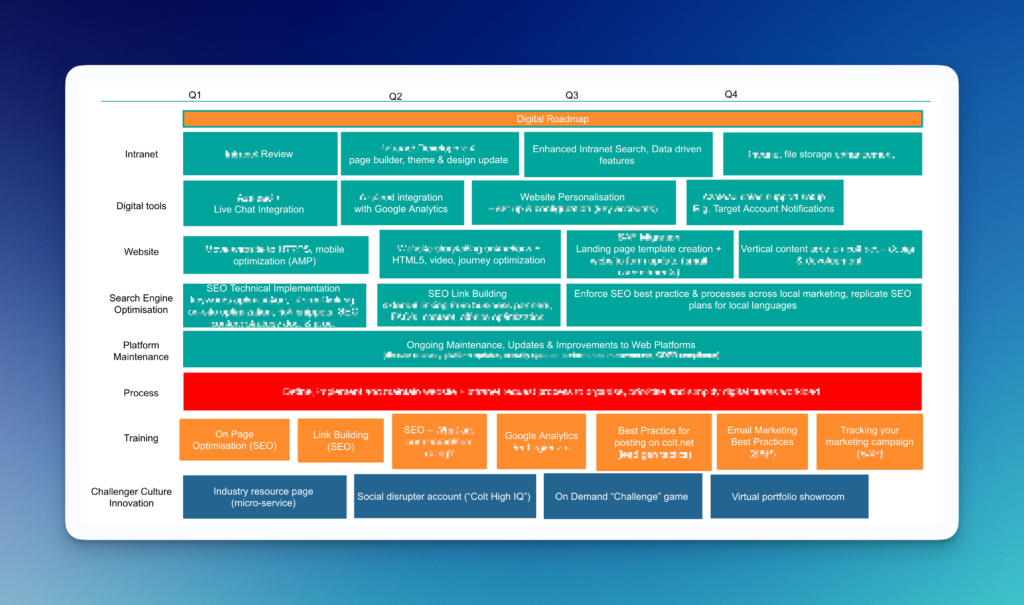
Planning for a large SEO project, for instance, focused on mapping out all of the technical work to be completed rather than the improvement in search traffic and associated marketing leads.
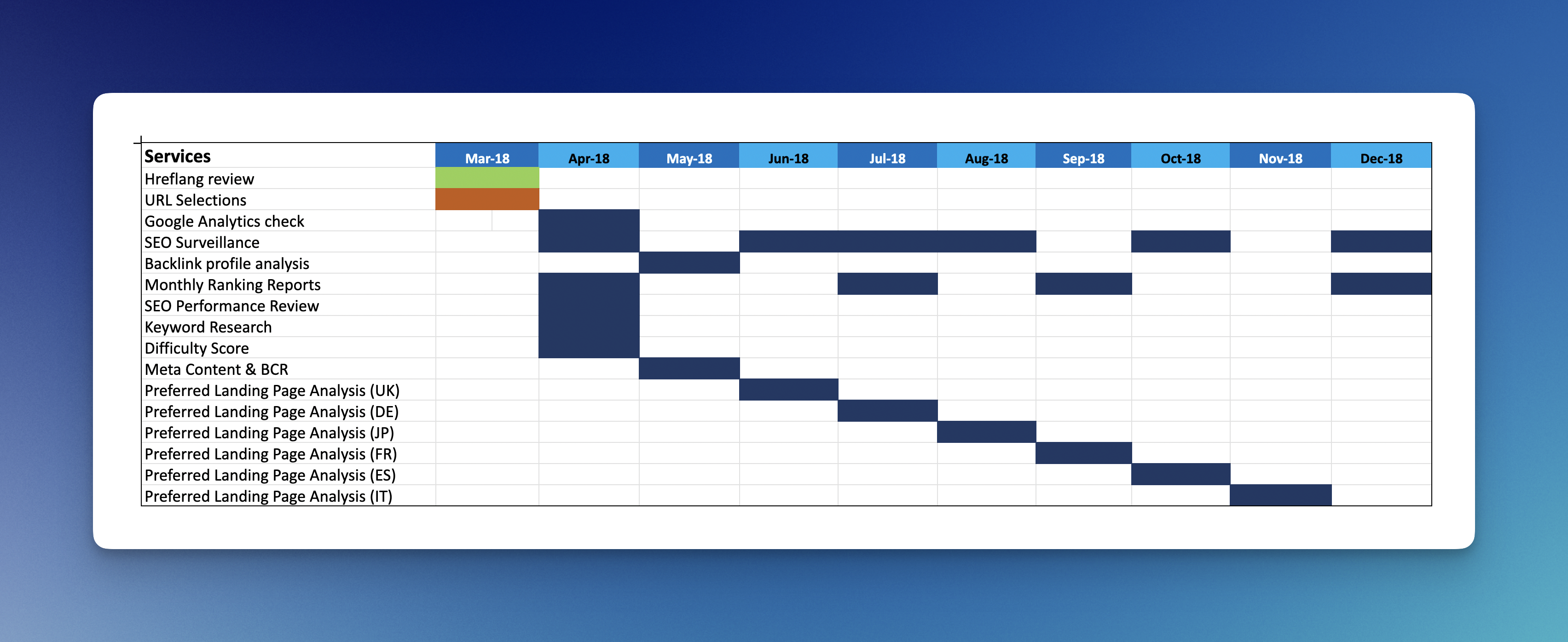
From a stakeholder management perspective, the team had always reported on total website form submissions as a core marketing metric, but Laura wanted the team closer to revenue and delivering tangible business value.
Applying waterfall project management was, at best, creating inefficiencies, and at worst, seriously impacting the effectiveness of global marketing. Every year the team would learn what worked and what didn’t, but learning was slow, relegated to the end of the year, and meant that resources were being allocated inefficiently.
Laura knew things needed to change, but this would go beyond strategy change and into cultural change.
The inception of a more agile approach
Laura started researching modern marketing methods and best practises – agile, lean, growth and experimentation – and learned how some of the world’s fastest growing companies (HubSpot, Slack, LinkedIn, Quickbooks and others) ran marketing operations.
A chance coffee meeting between Laura and Stuart Brameld in London changed everything. Stuart had previously worked with Colt through the website design and development agency he founded in 2012, and was considering his next business venture – a growth marketing software platform.
Laura agreed to work with Stuart to trial a new approach within Colt and developed a plan focused around 4 keys pillars:
- Agile & lean principles
- Fast 6-week experiment cycles
- Data driven decisions
- Building repeatable processes
Presenting Colt agile marketing
An agile marketing plan was developed and the marketing team were provided with educational resources and training.
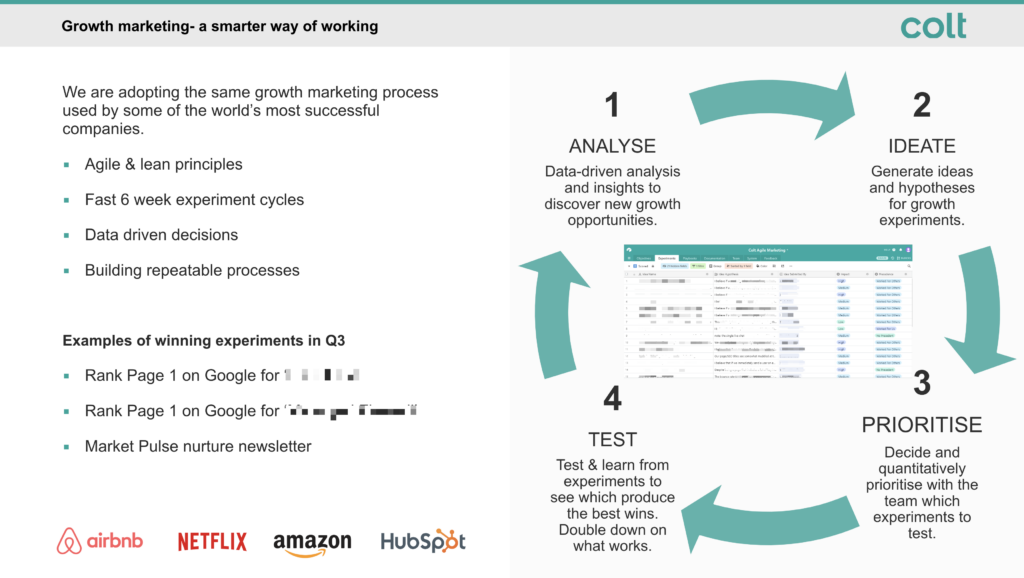
Airtable was used to store growth ideas, prioritise work and record agile marketing experiment results.

The main focus was to reduce the risk and uncertainty associated with long projects, to prioritise the most impactful work, and to accelerate the pace of learning. Even at this small scale, the scoring process made it clear what to focus on as a priority and, after some early wins, the agile marketing approach was expanded to include other projects and teams.
The trough of disillusionment
However, a few months in, and initial enthusiasm for the approach started to wane. The team were busy, over-whelmed with internal requests, and the new process felt like it was adding to an already strained workload.
Email notifications were added to improve engagement with Airtable, automations were added to require less manual input, KPIs were set around experiment velocity, but still people kept defaulting back to old habits.
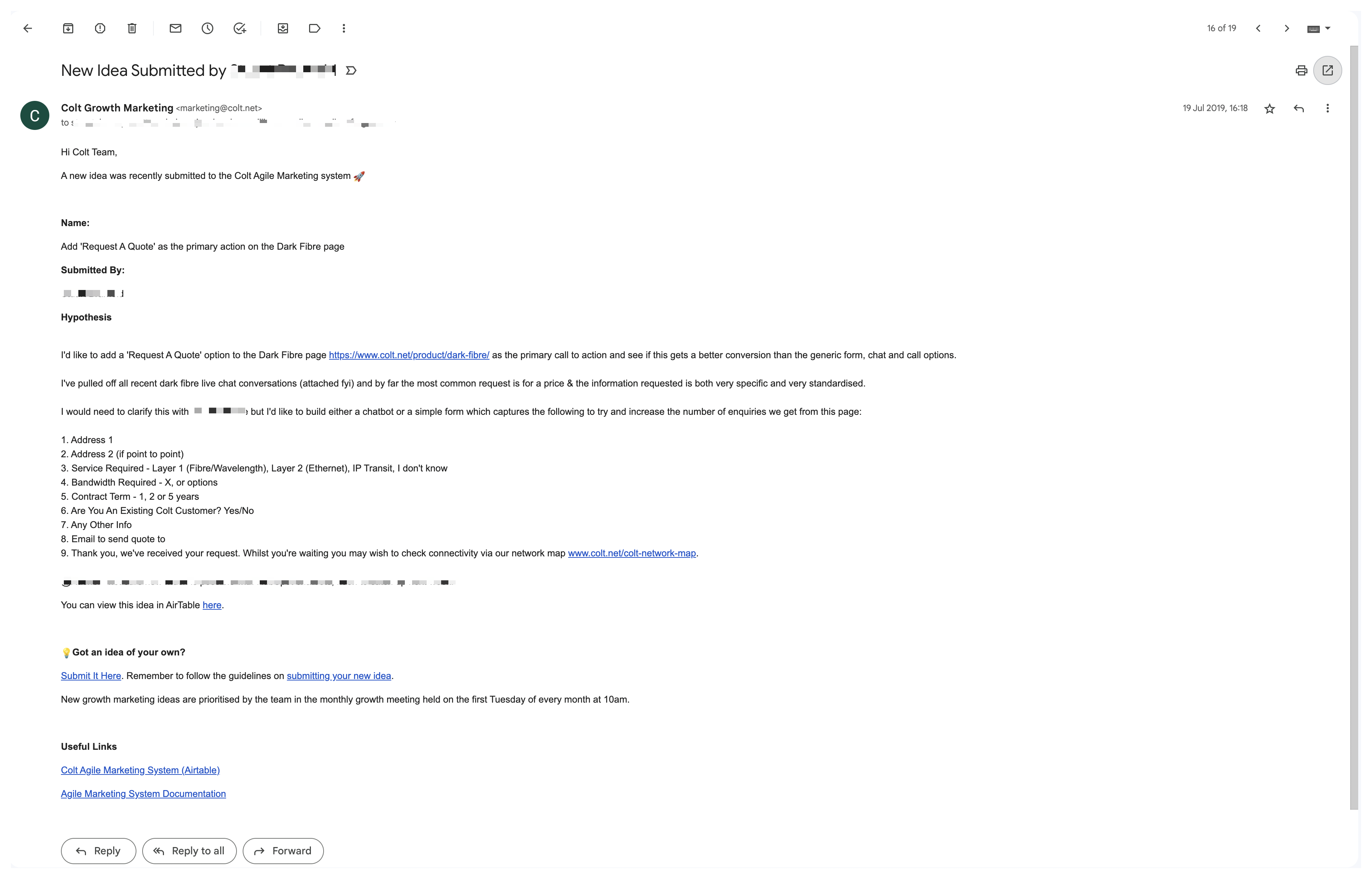
Ensuring members of the team stuck to the process became a challenge. The team was already at capacity and agile marketing felt like more work.
There was discussion around exploring other well-known tools (Asana, Jira, Trello and others) but nobody in the team really wanted a “project management tool” and it felt contrary to the teams culture of individual autonomy and accountability.
A platform built for agile marketing, growth marketing and experimentation
Fast-forward 3 months (we’ll skip the software development pains, stress and sleepless nights) and the Growth Method marketing platform was born.
Built from the ground-up and informed by the initial experiences and learnings within Colt, it remains the only project management tool 100% dedicated to modern marketing and growth teams.
Peek inside Colt’s digital marketing team operations today and you’ll find what looks more like the growth team in a Silicon Valley startup than a traditional corporate marketing team.
At the time of writing, the entire team is focused on increasing marketing qualified leads (MQLs) that convert to sales qualified leads (SQLs) at 25% or more. The MQL goal has a direct line to revenue, and vanity metrics are nowhere to be seen.
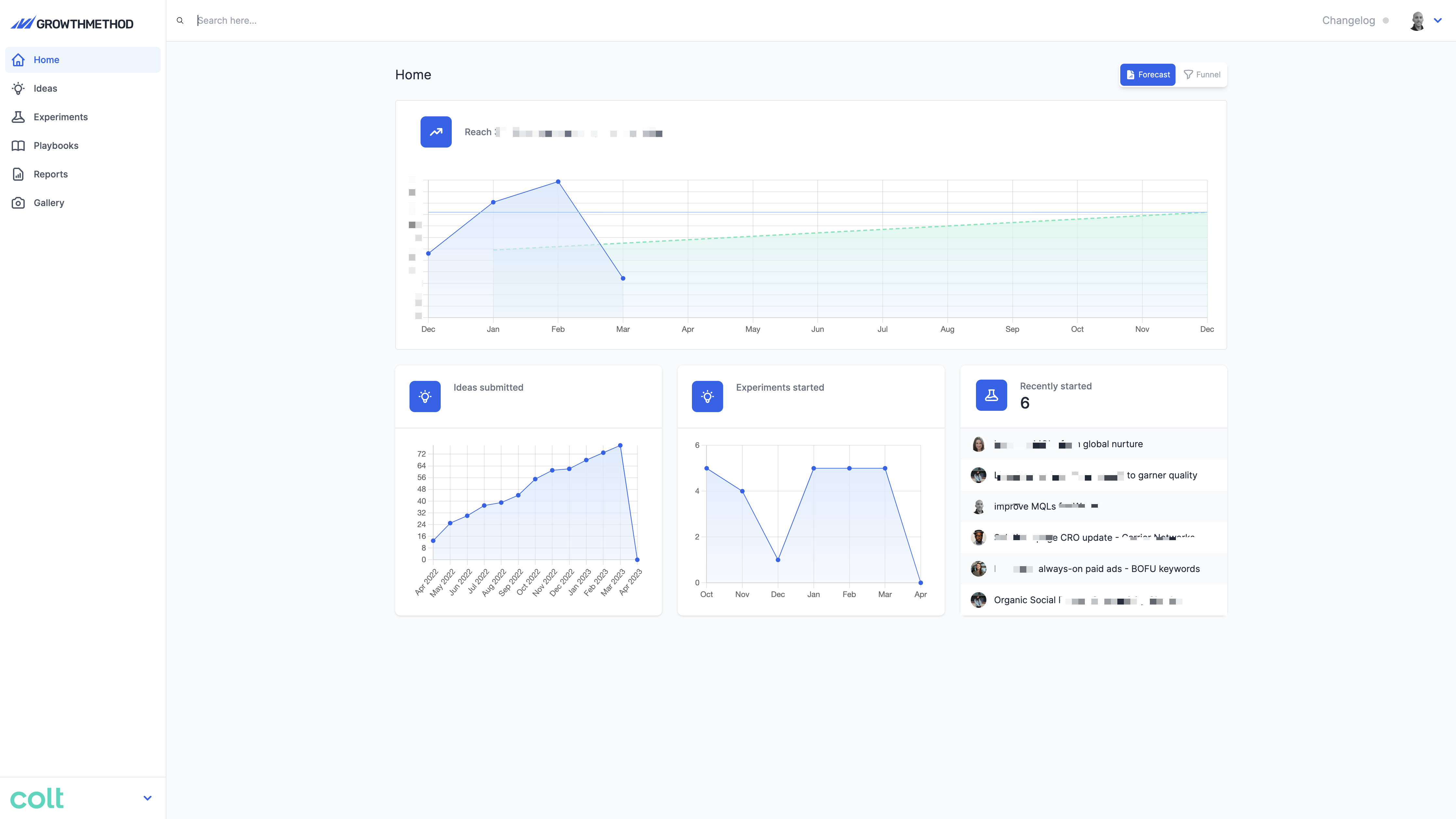
Once the goal has been achieved, the team can decide to focus on another area of the marketing funnel and the team is empowered to respond to change as and when they decide.
All growth ideas and experiments are stored in the Growth Method platform which requires a hypothesis, supported by data, that clearly outlines what the experiment owner thinks will happen and why.
Work is conducted in an agile manner, with an expected completion time of 6 weeks. Longer projects must be broken down into smaller experiments (or sprints) with a focus on delivering customer value early and often rather than waiting for perfection.

Weekly team meetings track agile metrics such as the idea backlog, experiment velocity, average completion time, recent wins and learnings. Experimentation data is also pulled into analytics platforms and combined with other marketing and digital metrics for leadership and stakeholder level reporting.
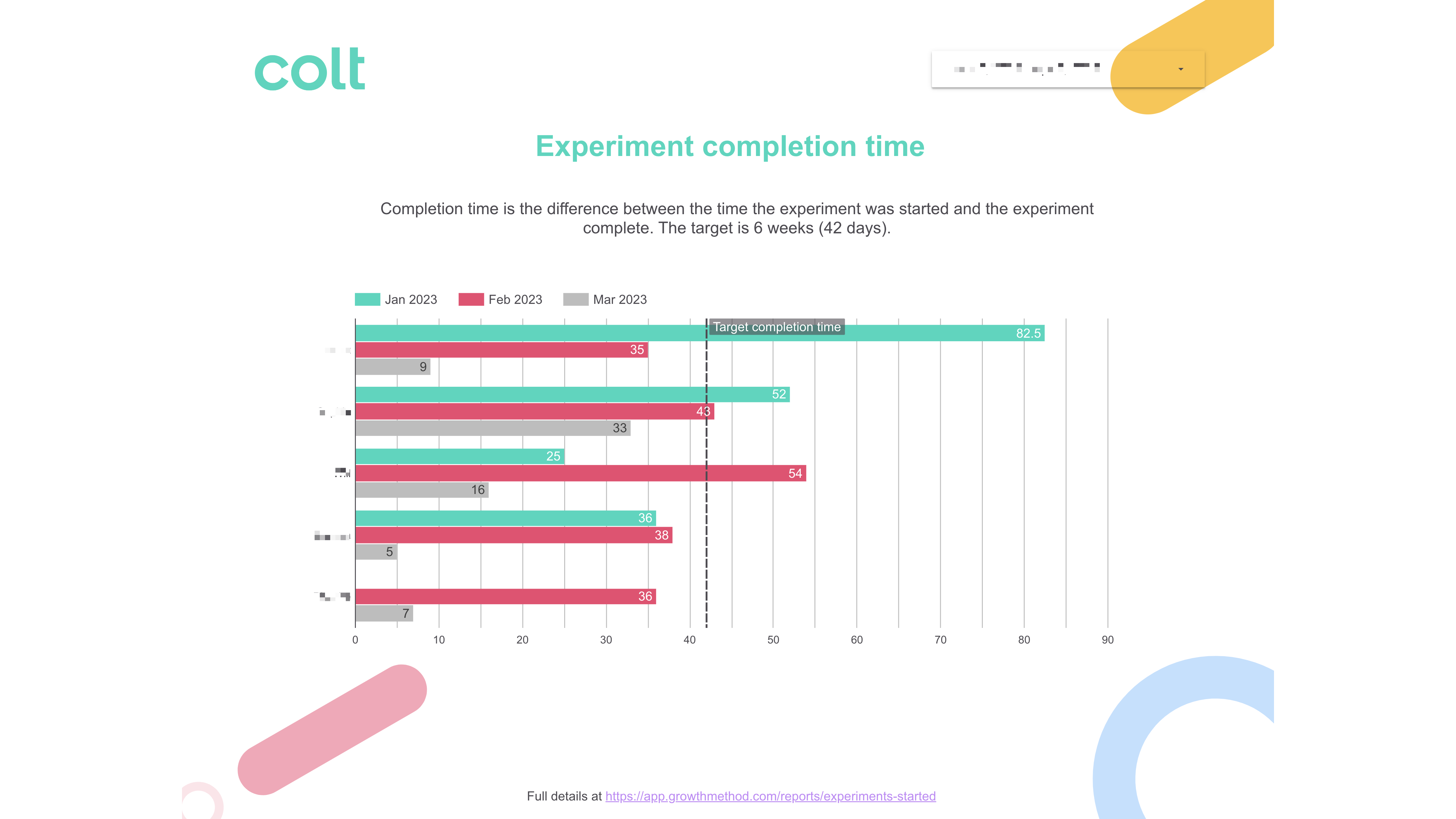
Colt’s operating system for digital marketing projects has shifted, and continues to evolve in favour of a more agile, experimentation-driven approach.
The surprising power of agile experimentation
According to Laura, the results have been transformational, from both a metrics and cultural perspective. At the time of writing the team are on-track to increase MQLs by 138% this year while maintaining a conversion rate to sales qualified of 25% and above. Year on year the team have outperformed their objectives some by nearly 500%.
More than that however, there is a constant flow of qualitative and quantitative insights with which the team can continue to build and improve on previous successes. The team are also more comfortable with failure, taking on learnings and moving forward.
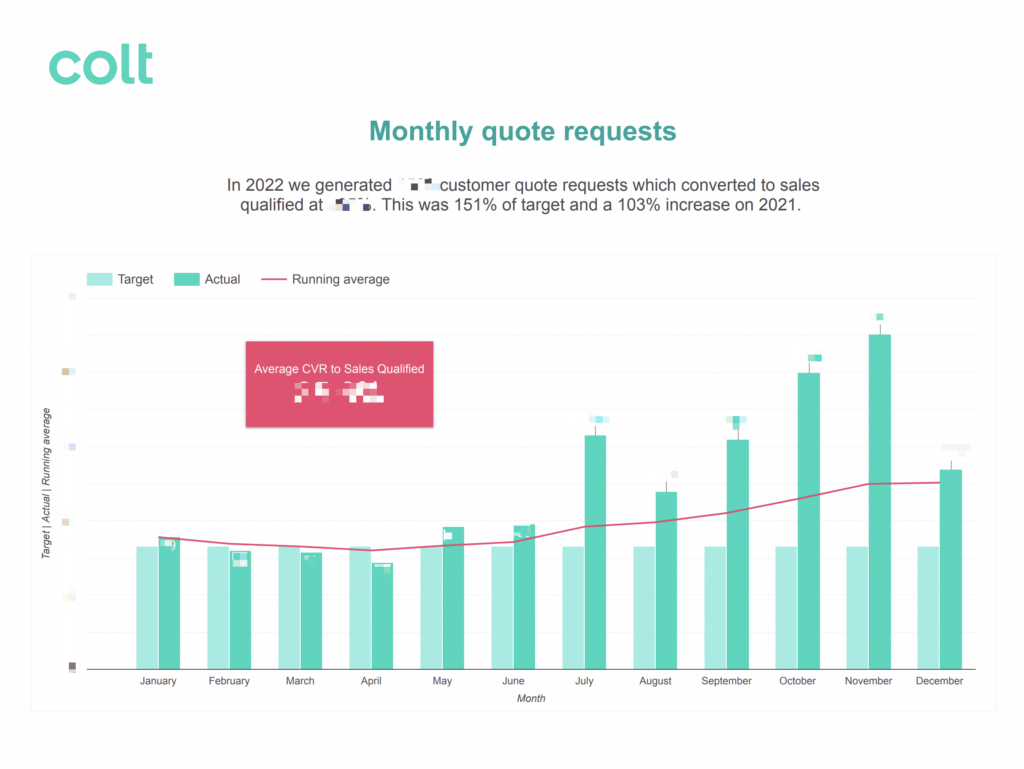
Some of the teams most surprising results and biggest wins (we can’t tell you which are which) have included:
- Conversion-rate optimisation of product page templates
- AB testing of core CTAs
- SEO optimisation of specific content assets
- SEO engineering for additional product search terms
- Exit intent modals
- Cross-sell and upsell
- Improvements to email nurture
- Paid acquisition tests
- Experiments with organic social
William Woodham, digital marketing specialist who has been with the team throughout the journey was initially surprised at the lack of correlation between effort and results.
“Without doubt my most surprising, and successful, growth experiment has been around our connectivity checker experience. A small 5 minute change to our homepage, which required no design or development support, resulted in a 119% increase in MQL conversions. Based on my learnings I then decided to iterate on this further and conversions increased again by 143%.
There was a no formal project for this work, and we would never have uncovered these insights without the experimentation programme.”
William Woodham, Digital Marketing Specialist

Another member of the team, Sophie Corden, shared similarly surprising results from some of her early work.
“One of my experiment wins last year was improving the user experience with one of our web quoting tools through a simple 3rd party API integration, which increased conversion by 26% on one our of key product pages. The functionality was rolled-out to all quoting tools and has become an integral part of a new online experience being rolled-out across our website in coming weeks.
Most recently I have been focused on building an always-on paid advertising capability with an agile, experimentation approach. We are on the 3rd iteration of testing an updated high-intent paid acquisition strategy and I’m seeing click-through rate and conversion rate improvements with each new version.”
Sophie Corden, Global Campaigns Manager
Sandra Palencia, joined as a growth marketing manager in September 2021 and shared some of her experiences improving Colt’s global nurture programmes.
“Our Market Pulse newsletter was averaging 1 new subscriber per day when I joined so I decided to test a simple location update as part of the experimentation programme. Based on previous conversion data my prediction was that we would receive a 10% increase in conversions, so I was gobsmacked when sign-ups jumped by 67% compared with the previous period.”
Sandra Palencia, Growth Marketing Manager
The future is bright, the future is agile
Despite all the successes there is plenty more to do, with the team building on their culture of optimisation and iteration.
From a CRO perspective the team recently invested in Convert.com, and are looking forward to using it for experimentation and optimisation following the sunsetting of Google Optimise. There is also a desire to increase voice of customer and customer research in general, to provide better qualitative insights for marketing and digital activities.
Regardless, Laura is adamant the focus should remain on experiment velocity. She believes that if 90% of results come from 10% of the work, a clear focus on velocity and learning is the best way for Colt to win.
“Modern marketing teams, and increasingly other business functions as well, operate under conditions of resource uncertainty and constant change. We can’t keep doing the same things, in the same ways and expect to succeed. In the digital world, freeing yourself from fixed plans and rigid work schedules creates an enormous amount of opportunity.”
Laura Perrott, Brand & Digital Director
A huge thank you to Laura and her team at Colt Technology Services who have been with us throughout this journey – Will, Sophie C, Sandra, Phoebe, Sophie V, Nabil, Lauren, Kira, Shay, Rachel and others – Growth Method would not be where it is today without your collaboration and feedback.
If you have questions, feel free to ping me on LinkedIn or on Twitter.
Other articles you might like
Here are some related articles and further reading you may find helpful.
- What is growth marketing?
- I need you to fail more (guest article by Laura Perrott)
- Using Airtable for Growth Marketing
- The important of testing velocity (not speed) in growth marketing
- Why marketing project management is more important than your tech stack
- Using Convert.com for AB testing – an alternative to Google Optimise
